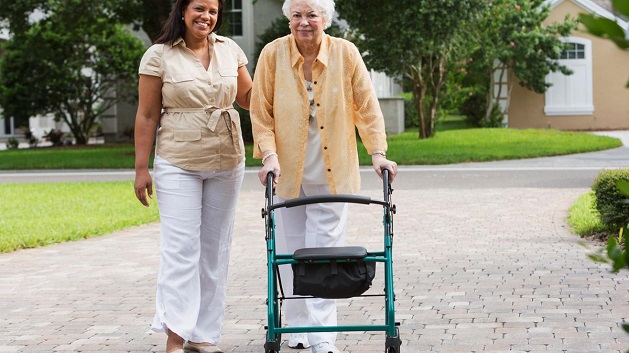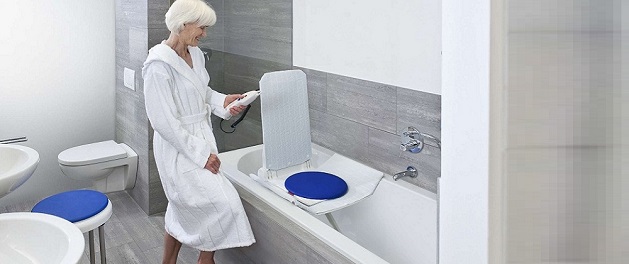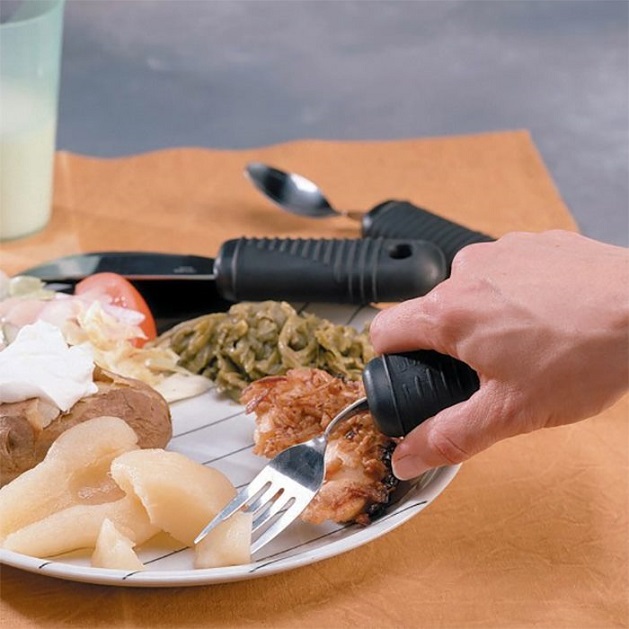Whether we like it or not, it’s a fact of life that the people we hold so dearly will grow old. And the older they get, the frailer their bodies and memory will become. While there’s nothing we can do to prevent or slow down this natural process, we can still help our elderly loved ones in preserving their independence and safety. Thanks to today’s advancements in technology, there is a variety of living aids that can assist elderly people in everyday tasks and help make their day-to-day lives easier.
In order to help your loved one make the most of ageing independently at their own home instead of in a nursing home, you need to choose living aids that can meet their unique needs. Solving any issues the person might experience with daily activities such as mobility, hygiene, eating, and personal care can be the key to a happy life.
Moving Around Safely
Old individuals experience weakening of their motor system which results in having trouble to walk. You can make it easier and safer for them to move around by making certain adaptations to their home like for instance installing grab rails along the walls to give them something to hold on for support. You can further reduce the risk of tripping and falling by replacing carpeting and tiles with non-slip floors. Additionally, glowing tape around the corners of the room can help them orientate better in the dark. If the person has advanced mobility issues, you may consider aids such as canes, walkers, rollators, scooters or wheelchairs. In that case, additional home adaptations might be necessary, like for instance installing ramps, levelling or widening entryways, replacing old doorknobs with wheelchair level handles that require the least amount of physical effort.
Maintaining Personal Hygiene
Maintaining hygiene is important, especially for elderly people who have a weakened immune system and are thus more prone to infections. However, the bathroom is one of the trickiest rooms to use because it presents many safety risks. The combination of water with tiles, marble and rough edges, and the generally private nature of the bathroom makes it the most common place where injuries and falls occur. With that being said, it’s important to find ways to make this space safer. One way to do so is by lining the floor and the shower or bathtub with non-slip mats and installing grab rails on the walls to reduce the risks of slipping and falling. Using a shower chair or commode can make the task of bathing much safer and physically less demanding for the user as well as his/her carer.
Meal Times
A reduced range of motion and physical strength, as well as certain conditions such as arthritis, can make it difficult for elderly people to use their hands. As a result, tasks such as eating can be difficult to perform independently. However, there are specially designed cutlery, crockery and tableware that are much lighter and more flexible, making it easier to hold them and use them. Living aids such as scoop dishes, non-spill cups, jar openers, bendable utensils can make it easier for people to enjoy their meals and stay clean while doing so.





